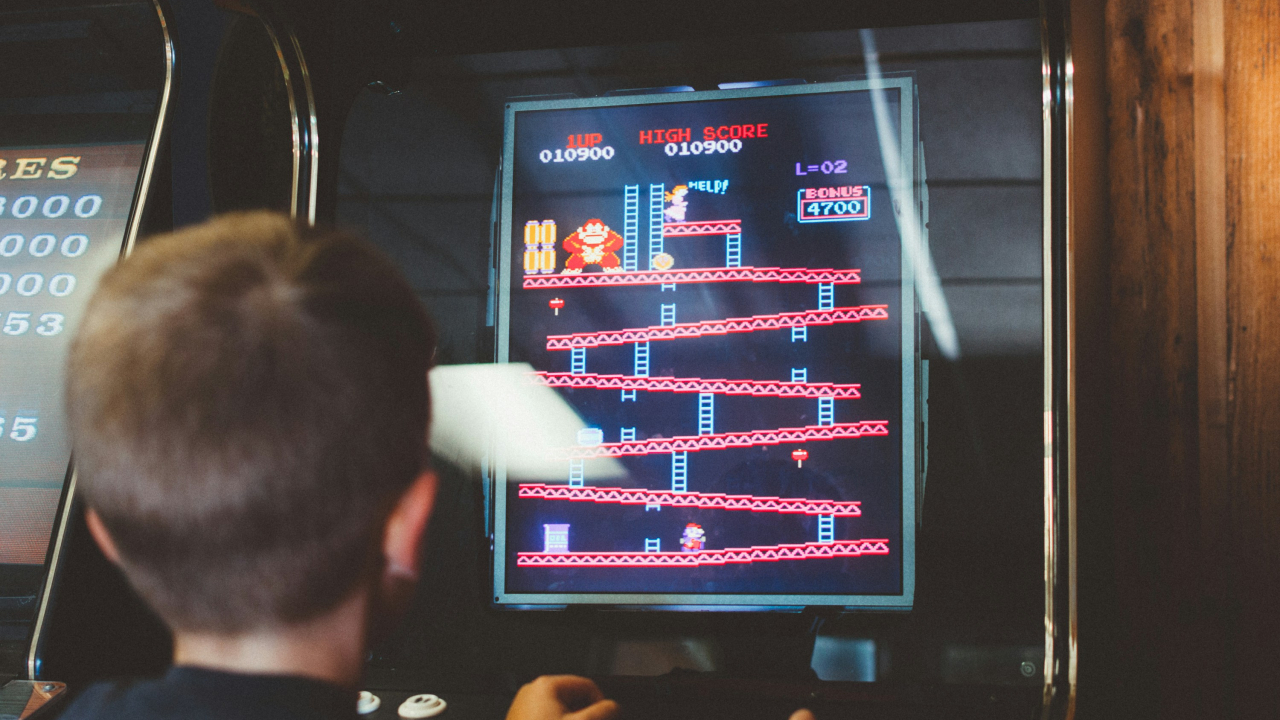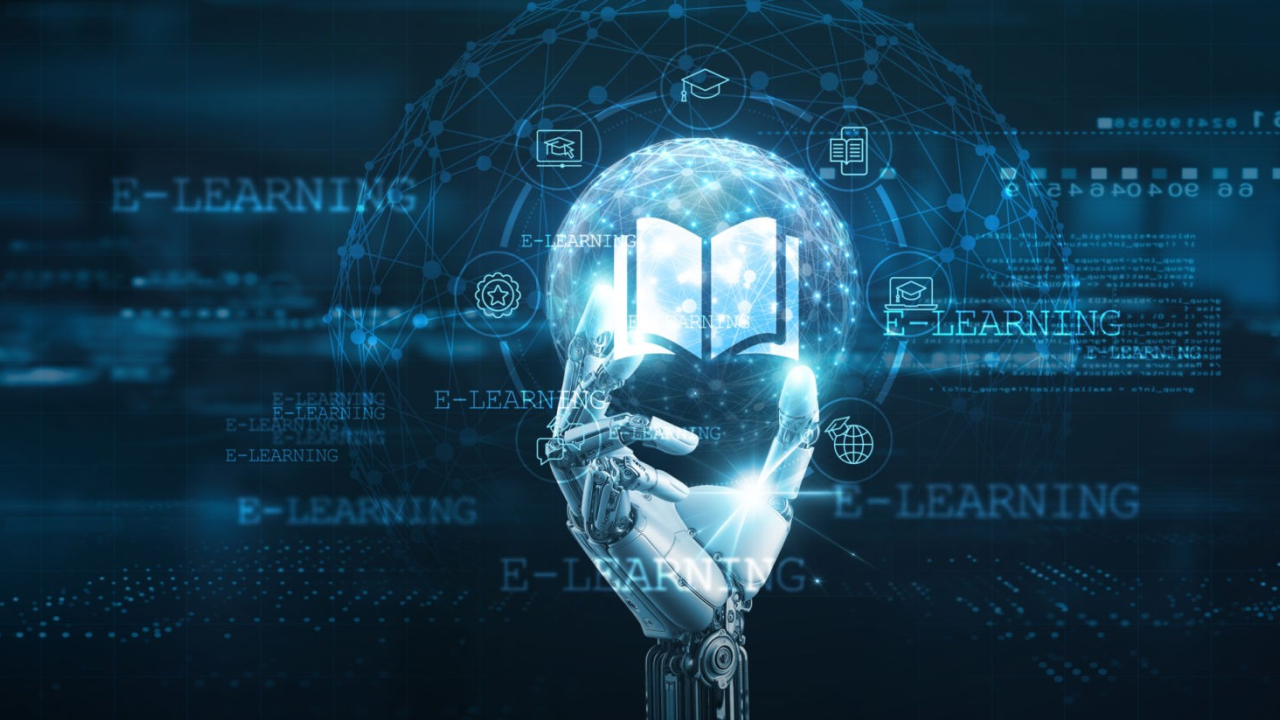Level Up Learning: How Gamification is Revolutionizing Education
Remember the thrill of earning a new badge in a game, the satisfaction of unlocking a challenging level, or the intense focus that came with trying to beat your high score? What if that same level of engagement, motivation, and joy could be consistently replicated in the classroom? This isn’t a far‑fetched fantasy; it's the rapidly evolving reality of gamification in education. Far more than just playing games, gamification involves applying game‑design elements and game principles in non‑game contexts to enhance learning outcomes, boost student engagement, and foster a more dynamic

Beyond the Board Game: What Exactly is Gamification?
At its core, gamification isn’t about replacing textbooks with joysticks. Instead, it’s about strategically integrating elements commonly found in games into the learning process. Think points, badges, leaderboards, progress bars, virtual rewards, challenges, and narrative arcs. These elements tap into our intrinsic human desire for achievement, competition (both with others and ourselves), social connection, and mastery. When applied thoughtfully, they transform passive learning into an active, iterative, and often highly enjoyable experience.
The distinction between “educational games” and “gamification” is crucial. Educational games are standalone games designed with specific learning objectives. Gamification, however, takes existing curriculum and injects game mechanics into its delivery. For instance, a history class could be gamified by awarding points for correct answers, offering “achievement badges” for mastering specific historical periods, and displaying a leaderboard for quiz scores. The content remains the same, but the way students interact with it is transformed.
Why Gamify? The Compelling Benefits for Students and Educators
Boosting Engagement and Motivation
Perhaps the most significant benefit of gamification is its ability to ignite and sustain student engagement. Traditional classroom settings can often lead to disinterest, especially when topics are perceived as dry or overly academic. Gamified elements introduce novelty, challenge, and a sense of purpose. When students are working towards a tangible goal, earning rewards, or seeing their progress visually represented, their motivation skyrockets. The fear of failure is often mitigated, as games encourage experimentation and learning from mistakes in a low‑stakes environment.
Fostering Active Learning and Deeper Understanding
Gamification shifts the focus from rote memorization to active participation. Challenges require problem‑solving, quests encourage exploration, and competitive elements spur students to grasp concepts more thoroughly. For example, a “quest” to research and present on a scientific principle encourages deeper investigation than simply reading a chapter. The immediate feedback inherent in many gamified systems also allows students to correct misunderstandings quickly, leading to a more robust understanding of the material.
Promoting Collaboration and Social Skills
Many gamified learning experiences incorporate cooperative elements. Team‑based challenges, group quests, and shared goals encourage students to work together, communicate effectively, and leverage each other’s strengths. This not only enhances learning but also develops crucial social and emotional skills that are vital for future success in academic and professional settings.
Encouraging Personalized Learning Paths
Gamification can be incredibly effective in accommodating diverse learning styles and paces. Students can often choose their own “quests” or challenges based on their interests and readiness. Differentiated reward systems can be implemented to acknowledge various types of achievements, from mastering a concept quickly to demonstrating perseverance through a difficult task. This flexibility allows educators to tailor the learning experience to individual student needs, fostering a sense of autonomy and ownership over their education.
Providing Immediate Feedback and Data Insights
One of the cornerstones of effective game design is immediate feedback. In an educational context, this means students quickly understand what they’ve done well and where they need to improve. This constant feedback loop is invaluable for learning. Furthermore, gamified platforms often generate rich data on student performance, progress, and areas of struggle. This data provides educators with actionable insights, allowing them to identify common misconceptions, adjust their teaching strategies, and offer targeted support to students.
Challenges and Considerations: Navigating the Game Board
While the benefits are compelling, implementing gamification isn’t without its challenges.
-
Design Complexity: Effective gamification requires thoughtful design. Simply adding points without a clear pedagogical purpose can be ineffective or even detrimental. Educators need to understand game mechanics and how they align with learning objectives.
-
Balancing Competition and Collaboration: While competition can be motivating, it’s crucial to ensure it doesn’t lead to undue stress or discourage struggling learners. A healthy balance with collaborative elements is key.
-
Maintaining Novelty: Like any new approach, the initial excitement of gamification can wane if not continually refreshed. Educators need to be creative and adapt their strategies to keep students engaged over time.
-
Accessibility and Equity: Ensuring that gamified experiences are accessible to all students, regardless of their technological proficiency or access to devices, is paramount.
-
Assessment Integration: Integrating gamified activities seamlessly into formal assessment frameworks can require careful planning to ensure that learning outcomes are accurately measured.
The Future is Playful: Embracing a New Era of Education
Gamification is not a fleeting fad but a significant pedagogical shift that is reshaping the educational landscape. From primary schools to universities and professional development programs, educators are increasingly recognizing its power to create immersive, effective, and enjoyable learning experiences.
As technology continues to advance, the possibilities for gamification will only expand. Augmented reality (AR) and virtual reality (VR) could transport students into historical events or scientific experiments, making learning truly experiential. Artificial intelligence (AI) could personalize gamified learning paths with unprecedented precision, adapting to individual student needs in real‑time.
Ultimately, gamification offers a powerful framework for educators to “level up” their teaching strategies, transforming classrooms into dynamic arenas of discovery and fostering a generation of lifelong learners who are not just knowledgeable, but also passionate, engaged, and ready to tackle the challenges of the future with a game‑on attitude. It’s time to embrace the power of play and unlock the full potential of every student.
Stay up to date
Subscribe to the free GESS Education newsletter and stay updated with the latest insights, trends, and event news every week. Your email address will remain confidential

